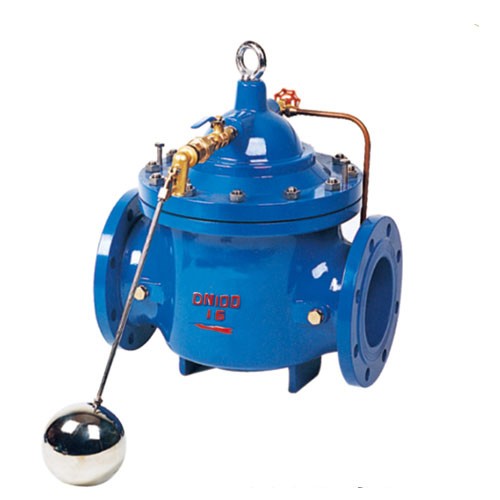pipe fitting reducer
Understanding Pipe Fitting Reducers Essential Components in Fluid Systems
Pipe fitting reducers are essential components in various fluid systems, playing a critical role in managing flow rates, pressure, and the overall efficiency of pipes and tubes. As industries continue to expand, the need for reliable and effective pipe fittings has never been more crucial. This article will delve into the types, uses, and advantages of reducers in pipe fittings, shedding light on their significance in modern engineering.
What is a Pipe Fitting Reducer?
A pipe fitting reducer is a specially designed connector that allows pipes of different diameters to be joined together. It transitions from a larger diameter to a smaller diameter (concentric reducer) or from a smaller diameter to a larger one (eccentric reducer). The main purpose of a reducer is to facilitate the flow of liquids and gases without causing excessive turbulence or pressure loss. These fittings are commonly used in plumbing, irrigation, and industrial applications.
Types of Pipe Fitting Reducers
1. Concentric Reducers These reducers maintain the centerline of the flow. They have a symmetrical shape and are typically used in vertical applications where pressure stability is essential. Concentric reducers ensure a smooth transition between pipe sizes, which is crucial for minimizing flow disturbances.
2. Eccentric Reducers Unlike concentric reducers, eccentric reducers are offset and are often used in horizontal applications. They help maintain the flow at the bottom of the pipe, which is especially important for draining applications. By avoiding the accumulation of liquid (in the case of fluid systems), eccentric reducers enhance system efficiency and prevent potential blockages.
Applications of Pipe Fitting Reducers
Pipe fitting reducers find applications in a wide variety of industries
- Water Supply In municipal water supply systems, reducers assist in controlling water pressure and flow rates, ensuring a consistent supply to various parts of the network.
- Oil and Gas In the oil and gas sector, reducers are used to regulate the flow of crude oil and natural gas through pipelines. Their ability to minimize pressure loss is vital for transporting these substances over long distances.
pipe fitting reducer

- Chemical Processing Reducers are used in chemical plants to manage the flow of corrosive and hazardous materials. They facilitate safe and efficient transport across different sections of a processing plant.
- HVAC Systems In heating, ventilation, and air conditioning systems, reducers help in optimizing airflow, which is essential for energy efficiency and maintaining comfortable indoor climates.
Advantages of Using Reducers
The benefits of incorporating pipe fitting reducers into a system are manifold
- Flow Efficiency Reducers allow for a more controlled flow of fluids, enhancing overall system efficiency and reducing the risk of pressure drops that can lead to inefficiencies.
- Space Optimization By enabling the connection of pipes of different sizes, reducers facilitate space-saving designs that can be critical in tightly packed environments.
- Versatility Available in various materials such as PVC, stainless steel, and carbon steel, reducers can be tailored to suit specific applications, ensuring longevity and resistance to corrosion.
- Cost-Effective Rather than replacing entire sections of pipe to change diameters, reducers provide a cost-effective solution that saves both time and money.
Conclusion
In conclusion, pipe fitting reducers are indispensable tools in fluid management systems. Their ability to connect pipes of varying sizes plays a pivotal role in ensuring that fluids flow efficiently, without unnecessary pressure loss or turbulence. As industries evolve, the demand for reliable pipe fittings, including reducers, will continue to grow, emphasizing the importance of understanding and utilizing these significant components. Whether in plumbing, oil and gas, or chemical processing, the impact of a well-chosen reducer can enhance performance and efficiency in a multitude of applications.
-
The Key to Fluid Control: Exploring the Advantages of Ball Valves in Industrial SystemsNewsJul.09,2025
-
The Versatile World of 1, 2, and 3 Piece Ball ValvesNewsJul.09,2025
-
Stainless Steel Ball Valves: The Ideal Choice for Efficient Flow ControlNewsJul.09,2025
-
Optimizing Fluid Control with Ball Float ValvesNewsJul.09,2025
-
Manual Gate Valves: Essential for Control and EfficiencyNewsJul.09,2025
-
Everything You Need to Know About Butterfly ValvesNewsJul.09,2025
-
The Versatility of Wafer Type Butterfly ValvesNewsJul.08,2025




